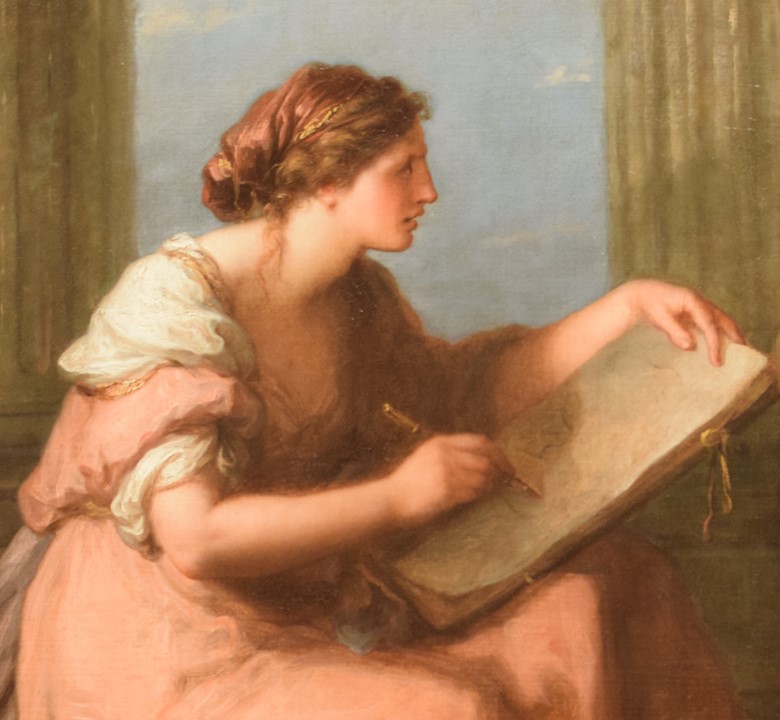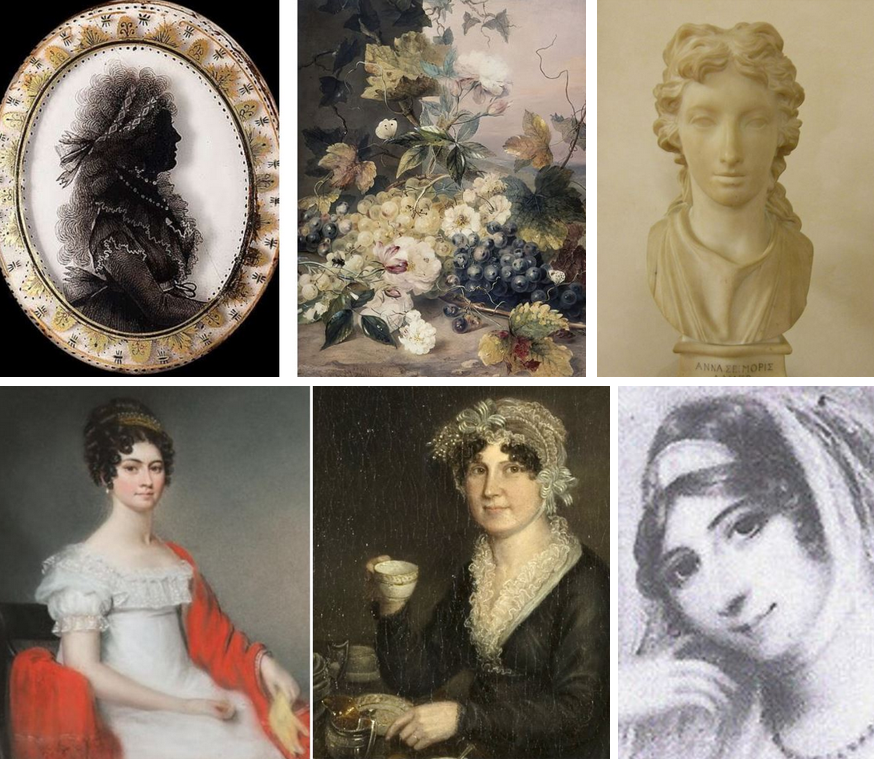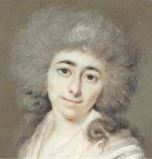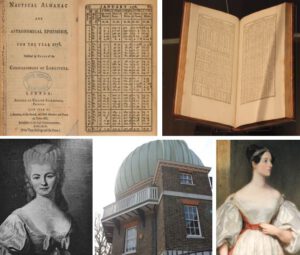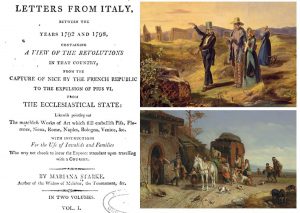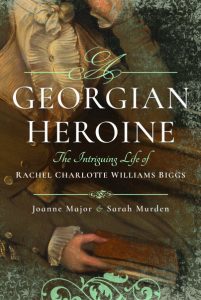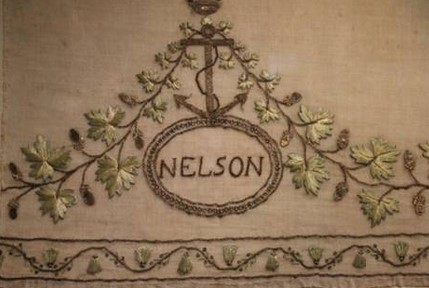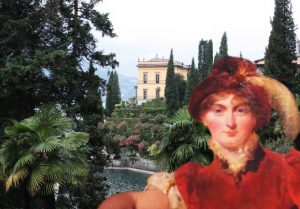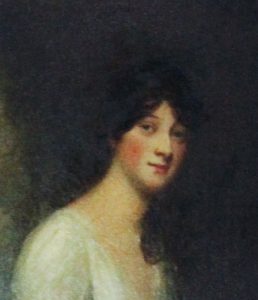
Amelia Jane Murray (1800-1896) was an amateur watercolourist. Between 1820 and 1829, she painted fairies as tiny female figures dressed in neoclassical garments, sitting among flowers or riding on insects. Her watercolours, though never exhibited during her lifetime, have enchanted millions since they were published in 1985. The reasons behind Amelia’s fascination with fairies remain speculative. In this post, I offer a new interpretation of the influences on Amelia’s art based on the socio-cultural circumstances of her childhood and youth.
Continue reading
